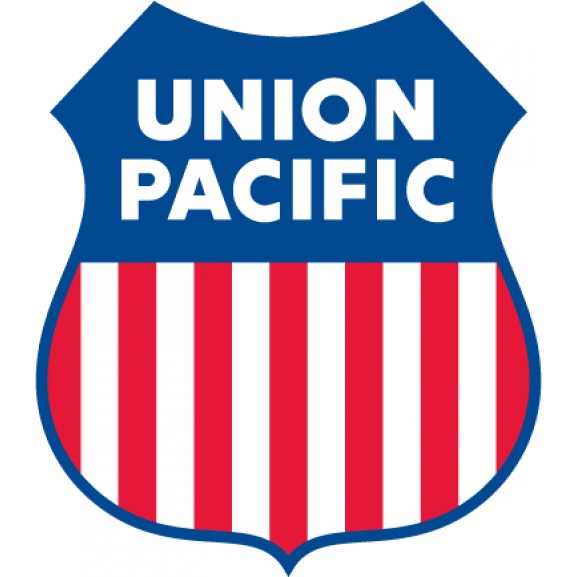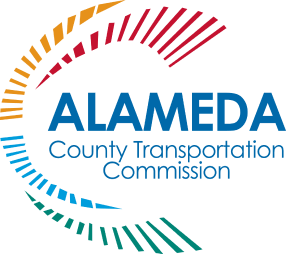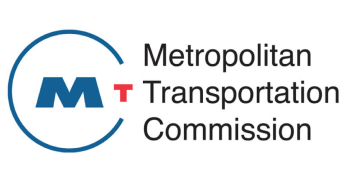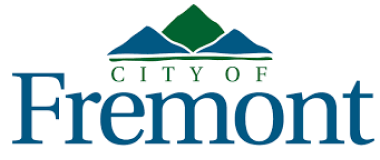South Bay Connect has completed its environmental phase, as required by the California Environmental Quality Act (CEQA). National Environmental Policy Act (NEPA) compliance is pending and will be completed prior to the start of construction, which is not expected until 2027 at the earliest.
FINAL EIR CERTIFICATION AND PROJECT APPROVAL
On Wednesday, Nov. 20, 2024, the Capitol Corridor Joint Powers Authority (CCJPA) Board of Directors certified the final Environmental Impact Report (EIR) and Findings for the proposed Project. Following the certification of the EIR, the Board approved the Project to proceed to the next phase which includes Design and Permitting as well as completion of the NEPA compliance. To view the final EIR, please visit the Resources page of this website. To view the Board meeting materials, visit the CCJPA Board website.
Environmental Resource Areas
The environmental analysis reviewed a wide range of resource areas to identify potential impacts and established mitigation measures.
Resource areas include:

- Aesthetics
- Agriculture forestry
- Air quality
- Biological
- Cultural
- Energy
- Geology/soils
- Greenhouse gas emissions
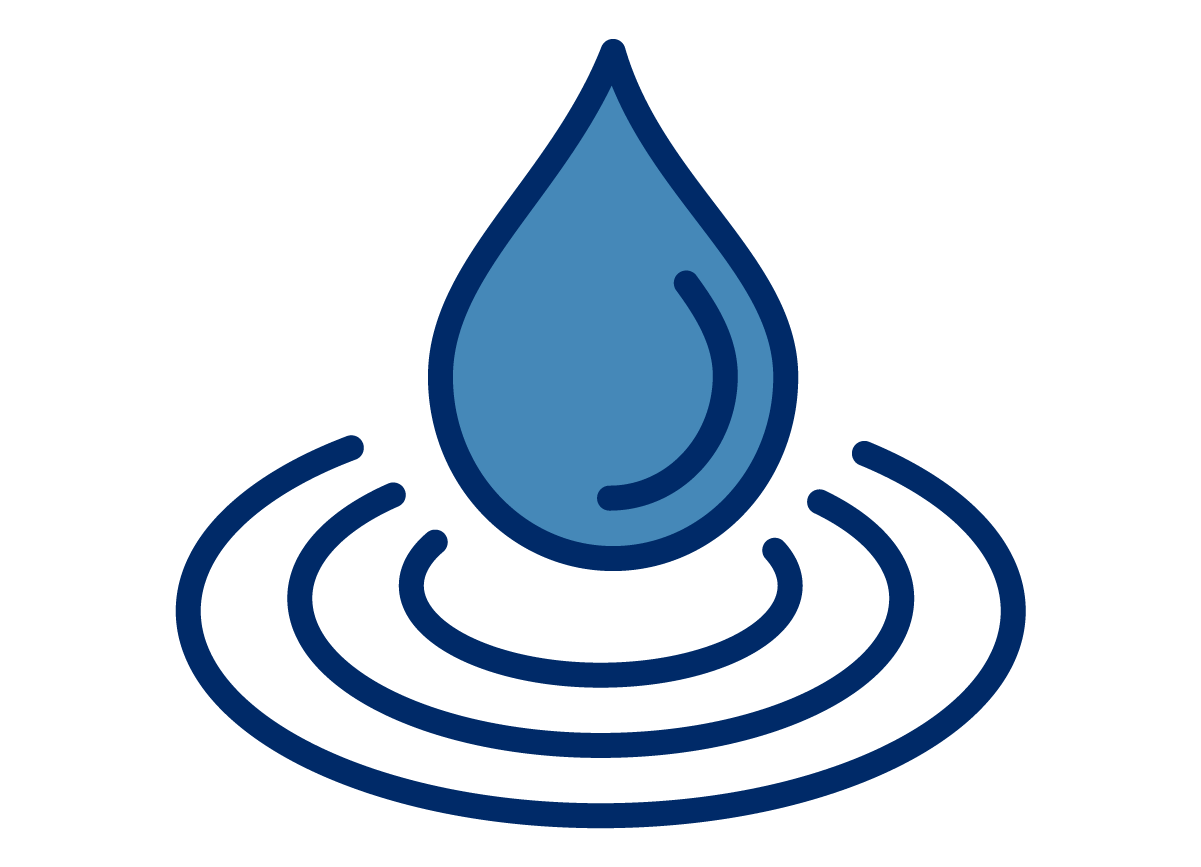
- Hazards & hazardous materials
- Hydrology/water quality
- Land use/planning
- Minerals
- Noise
- Population/housing

- Public services
- Recreation
- Transportation
- Tribal culture
- Utilities/service systems
- Wildfire
California Environmental Quality Act Process
Explore the steps of the CEQA Process below and expand each
section to learn more.
Please note: While the interested public will
continue to be engaged throughout the Project lifecycle, the
yellow highlighted steps represent the formal Public Comment
Periods during the CEQA process.
1Notice of Preparation (NOP) of Environmental Impact Report (EIR)
- Advertisement placed within local/regional newspapers to alert public of Environmental Process kick-off and initiation of development of the environmental document.
- Mailer sent to project contact list promoting NOP/Scoping Period and Public Comment opportunities.
2Scoping and 45-Day Public Comment Period – Public Scoping Meeting
- An early step in the EIR allowing interested public to provide input into the project and environmental scope.
- Scoping includes a formal public comment period to provide opportunity for submission of comments for agency review.
- Public Scoping meeting held to share information and seek input.
3Administrative Draft EIR Development
- Prepared and reviewed by all partner agencies for refinements before circulating to the Public.
4Draft EIR Development
- Draft environmental document that highlights the results of the analysis of alternatives, environmental impacts, and identification of mitigation measures.
5State Clearinghouse Submittal
- Public agency distributes Notice of Completion of the draft EIR for state agency review.
6Draft EIR 45-Day Circulation for Public/Agency Review & Comment – Public Meetings
- A Notice of Availability (NOA) of draft EIR is placed within local/regional newspapers.
- Mailer sent to project contact list promoting NOA/Public Comment Period.
- Environmental document is circulated electronically through website, housed at key community repositories, and distributed to partner agencies for review and submission of comments within a formal public comment period.
- Public Meeting held to share draft EIR and seek formal input through a number of mediums including but not limited to: letters, emails, website submission, comment cards, and court reporter transcripts.
7Preparation of Response to Comments
- Public agency evaluates and prepares written responses with detailed explanation of response.
8 Final EIR
- Preparation and certification of the final EIR.
- All comments received during the draft EIR Public Comment Period are included and addressed within the final EIR.
9Agency Decisions/Findings, Statement of Overriding Considerations, Mitigation Monitoring – Public Hearing
- Provides formal notification in local/regional newspapers of final EIR availability and review.
- Public hearing held to allow Lead Agency to hear Public Testimony and take action on final EIR.
Coordination Efforts
Key activities during environmental planning include close coordination with regulatory agencies including, but not limited to the organizations shown here.
Local and regional community stakeholders, as well as the general public, also play key roles in the environmental planning process through ongoing participation and providing timely input. This valuable engagement helps define the best alternative to meet diverse regional needs.


